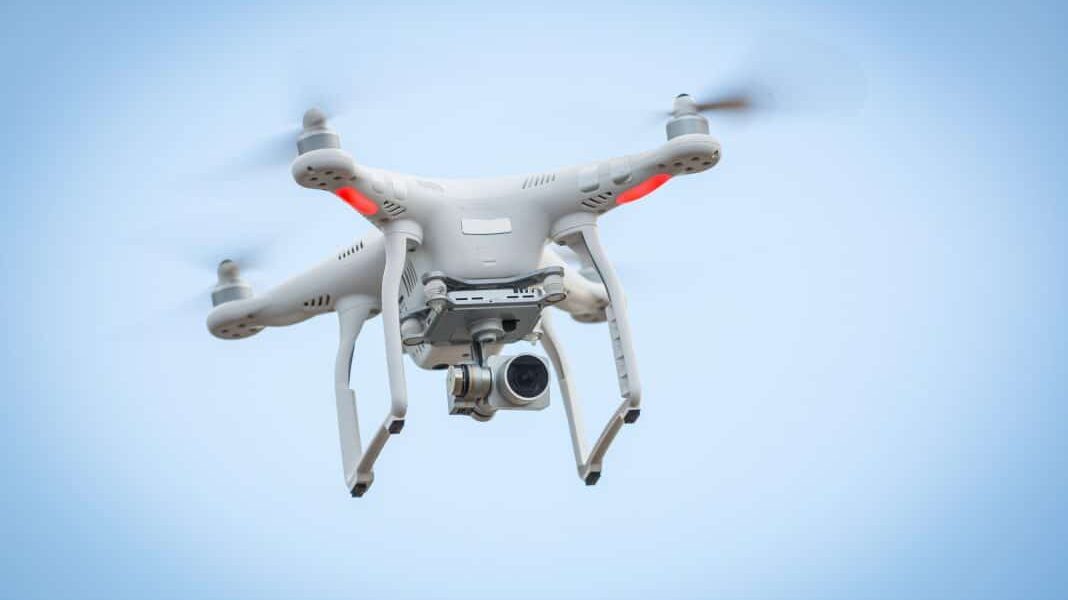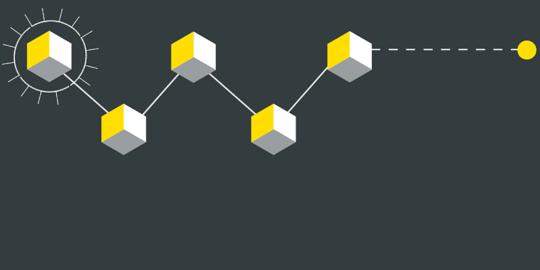It has been clear for some time that unmanned aircraft systems (UAS) (otherwise known as ‘drones’) have the potential to disrupt a number of markets.
For some markets, this is already happening. For instance, the effective, quick and comprehensive data capture services offered by UAS operators are beginning to change the way that infrastructure is being maintained. A drone can be flown comparatively cheaply and efficiently over a solar farm, wind farm or oil rig with the data collected quickly delivered to the customer’s desktop via an online portal.
To date, it is the markets that lend themselves to lower risk UAS operations that have supported this kind of wider scale UAS market entry. A survey of a wind farm, for instance, can ordinarily be undertaken within line of sight of the UAS pilot and without flying over uninvolved members of the public.
However, much of the excitement about the potential future of commercial UAS concerns riskier operations. For instance, Amazon has for some time been exploring the potential for using UAS to deliver its products to its customer’s doorsteps. Likewise, a recent Highways England report considers how UAS could be utilised to keep roads moving by collecting and reporting data on accidents.
Both of these examples would require UAS to be flown over uninvolved members of the public and almost certainly beyond line of sight. Though a great example of the capability of UAS, it is telling that Amazon’s trial Prime Air drone delivery (at the end of 2016) involved delivery to a customer in close proximity to the Amazon depot, with a substantial garden and requiring items weighing less than 2.6kg. Put simply, for riskier operations such as these to become a reality, the regulatory framework will require careful navigation, as will the associated privacy issues.
An overview of the privacy and regulatory implications of UAS can be found here.
Until now, conventional aviation regulation has not lent itself well to exploiting the full commercial potential of UAS. This is in part due to the inherent difficulty in striking the right balance between approving operations and ensuring public safety and privacy. However, the good news is that lawmakers appear to appreciate the opportunities and difficulties inherent in UAS operations. At EU level, the UAS regulatory framework is evolving, with one of the key aims being to “foster the development of the UAS market”.
In May last year, we had the publication by the European Aviation Safety Agency (EASA) of the Notice of Proposed Amendment 2017-05 (NPA) (for more details, see our Article: The legal and regulatory challenges facing the UAS market).
On 6 February this year, EASA published Opinion No 01/2018, attaching an updated draft regulation designed to govern the operation of UAS within Member States. More recently, further revised drafts have become available.
At a high level, the draft EU framework sets out three categories of UAS operations: ‘open’ (low risk), ‘specific’ (medium risk) and ‘certified’ (high risk) and retains the scope for operators performing low risk operations to commence without a specific operation-by-operation consent.
Perhaps more interestingly, however, it also seeks to provide UAS operators with a more efficient route to obtaining consent for medium risk operations based on a set of ‘standard scenarios’. If an operation falls within the parameters of a standard scenario, the UAS operator will be able to proceed on the basis of a simple operational declaration.
Even if the operation doesn’t fall within such parameters, a UAS operator may still be able to obtain approval provided that it can convince the regulator that the level of risk is appropriate through a bespoke risk assessment. This could, for instance, act as an enabler for, amongst other things, beyond line of sight operations or the use of high level platforms performing the functions of a satellite.
Going a step further, the draft EU framework envisages that a UAS operator may, where it has appropriate systems and safeguards in place, be awarded a limited right to authorise its own medium risk operations.
The EU framework is in draft form at this stage and, notably, no ‘standard scenarios’ have yet been published. It does though seem clear that the direction of travel is a drive to unlock the use of UAS for the types of medium risk operations that could truly lead to wide scale market disruption. This is certainly an area to keep an eye on.




